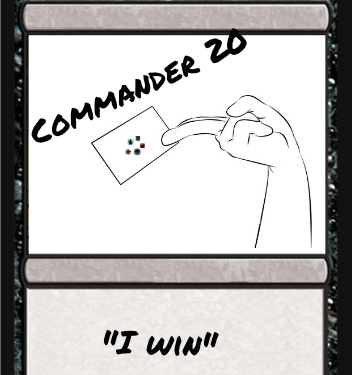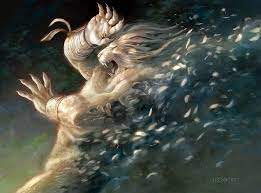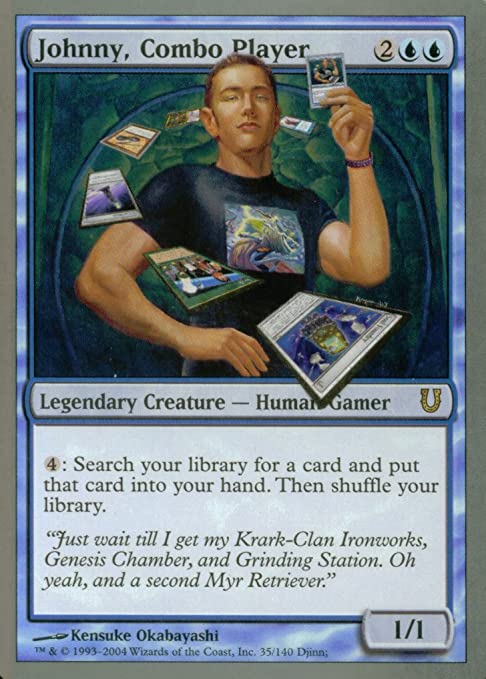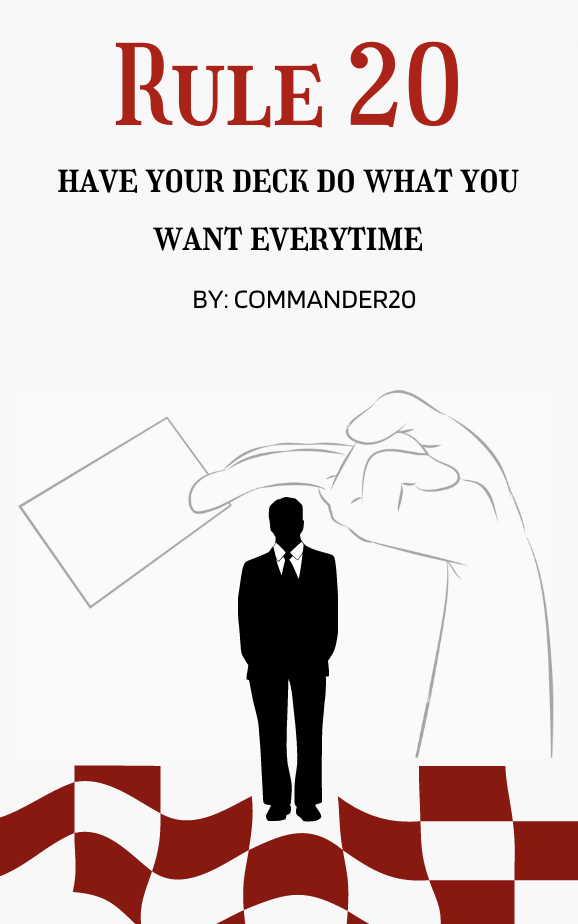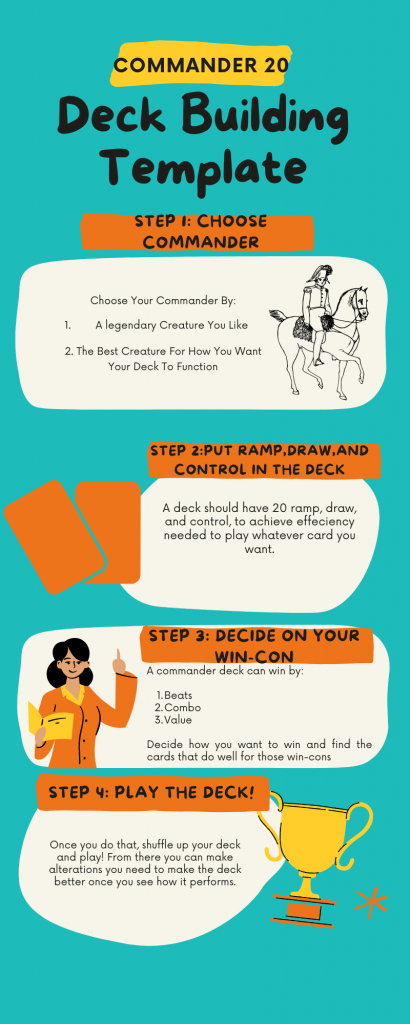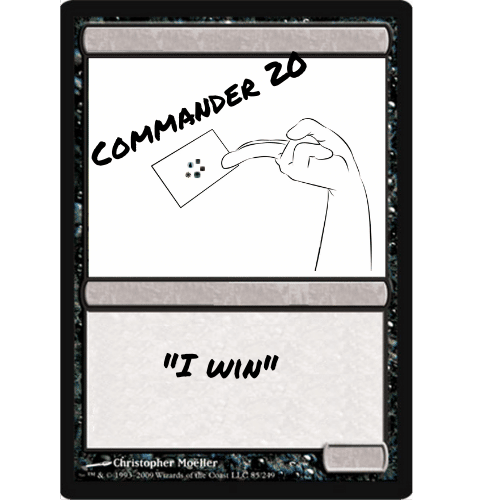How many boardwipes in commander?
1-2 boardwipes are the ideal amounts in commander. Any more and the deck gets too slow for the game to progress.
What Are Boardwipes In MTG?
Now before we go into detail on how many boardwipes to run in commander, we should answer what are boardwipes. To those unaware, a boardwipe, also known as a wrath, is a spell that destroys or exiles all permanents of a certain type. These are usually instant and sorcery spells, but are also found on creatures, enchantments, and artifacts.
While most often found in white, boardwipes are in every color of the color pie, including colorless. These earned their nickname of wraths back in 1993 when the card wrath of god existed. To this day, the manner of boardwipes has not changed. Often destroying creatures, but occasionally other things as well. This can be seen in Austere commander, Nevinhrayls disk, and vandalblast.
Due to their nature, they have always been well-loved in control decks where faster decks might accrue too much value before they can pop off. Making boardwipes a great way to control your opponents till you can win.
What Makes Boardwipes Good
To explain why you should only run 1-2 boardwipes in commander, we should answer what makes boardwipes good?
The reasoning is simple, a boardwipe is a great way to reset the board.
Let’s say you have an opponent with a very developed board that is just outvaluing you and your opponents. Surgical removal with something like a reality shift usually won’t cut it. The only option you have is to remove all the value they have generated in one swoop.
This will allow you to rebuild when you were too far behind. Because of this, a boardwipe is a necessary component to a deck because, in at least 75% of our games, we are going to have a less developed board than someone else.
But, just because it is a necessary component, does not mean there should be a lot of them for a few relevant reasons. This is talked about in more detail in “why only 1-2 boardwipes”.
Why Only 1-2 Boardwipes?
Why should a deck only run 1-2 boardwipes?
Because boardwipes suck.
Boardwipes in commander are one of the worse cards to cast for several reasons. They are (1) mana intensive, (2) destroy your board, and (3) are only good when you are way behind.
This means that casting a boardwipe sets the tempo in your opponent’s favor. You are effectively taking a turn off to destroy the board and let the next person set the tempo. Which, if your opponents have at least a few cards in hand, chances are you are going to be falling behind again as soon as your turn starts. Putting you in the same position you were before.
Now, that said, the ability to reset boards is amazing, and it is vital to being able to recover when a player has an overwhelming board. So a boardwipe basically trades you being really far behind, to only slightly behind.
Because of that, you should only have 1-2 boardwipes in commander. This reduces the number of times you will draw a dead card in a majority of games, while still giving you the silver bullet needed when you fall far behind. Making the deck as lean as possible while still having the power needed in worse-case scenarios.
When Should You Run More Than 2 Boardwipes?
Now, let’s assume you want to run more boardwipes. When is that a good decision?
When boardwipes don’t hurt you. A good example of this is Creatureless decks, planeswalkers decks, and enchantress decks.
The reason for this is simple, when boardwipes don’t affect you, then they are more effective forms of removal that hit multiple targets without affecting you.
Each of these strategies can run boardwipes like winds of rath, wrath of god, and Austere command without their board being affected. Allowing them to get mass value out of their decks by making their boardwipes effectively asymmetrical.
In fact, it is this benefit and others like it, that make certain boardwipes a league of their own, and are infinitely better options than your standard wrath of god.
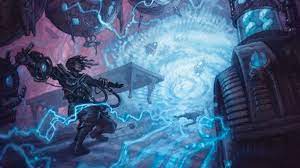
What Makes A Good Boardwipe?
So, now that we talked about why boardwipes should be limited to 1-2, let’s go over what a good boardwipe should have.
A good boardwipe should have as many of the following traits as possible:
- Low Mana Value
- Instant Speed
- Asymmetrical
- High versatility
Let’s talk about these briefly.
The lower the Mana Value means the easier it is for you to cast. More importantly, the lower the Mana Value, means you can potentially cast another spell after boardwiping. Allowing you to set the tempo rather than your opponents.
Instant Speed boardwipes, mean you can do this before your turn allowing you to set the tempo on your turn. This also allows you to boardwipe in response to something, making this a great panic button that you can use at any given moment.
Asymmetrical boardwipes are beautiful. This means you get to keep your board while dismantling your opponents. Allowing you to not only set the tempo but also come out on top after the boardwipe usually.
High Versatility, any boardwipe can kill creatures, but a boardwipe that can hit multiple targets, exile, or cause mass disruption no matter a player’s game plan, makes this a much more painful boardwipe for your opponents to go against.
Each of these should be evaluated when considering a boardwipe and will be shown in the next section, best boardwipes for commander.
Best Boardwipes For Commander.
There are 5 boradwipes that are best for commander. Chances are you will know a few of them, but maybe not all of them. So buckle up and get ready for the 5 best boardwipes in commander.
- Cyclonic Rift
- Fire Covenant
- Farewell
- Toxic Deluge
- Blasphemous Act
Surprisingly, only 1 of these boardwipes are white, while 3 of them are in red or black. But, these are some of the most effective boardwipes you can find in magic.
Cyclonic Rift is instant speed, Asymmetrical, and can be used on a single target or multiple.
Fire covenant is identical to cyclonic rift but has a lower mana cost, but higher life cost.
Meanwhile, Farewell is neither asymmetrical, instant, nor low mana, but is incredibly versatile. Able to shut down any game plan a person can have.
Then we have toxic deluge, 3 mana sorcery speed, but can hit a lot of creatures and can get around indestructible. A solid boardwipe most black decks would love to run.
Finally, we have blasphemous act. The mana cost can be as low as 1 while still clearing the board. Making this a great option for those looking to rebuild their board after the wipe.
As you can see each of these meets some if not all the requirements for a good boardwipe due to the fact that they counter the usual negatives a boardwipe has.
Conclusion
Hopefully, this answered many of your questions in regards to boardwipes. In general, a deck should only try to run 1-2 boardwipes in a deck. More than that and you increase your chances of drawing a dead card in most games or stalling the game way past the limit most people want to play at. Making for a bad time for a lot of players.
If the top 5 boardwipes have piqued your interest. I highly suggest looking at my article “best boardwipes in each color. This will go over 20 boardwipes that are absolutely great for any deck.
Till next time and wrath away!
